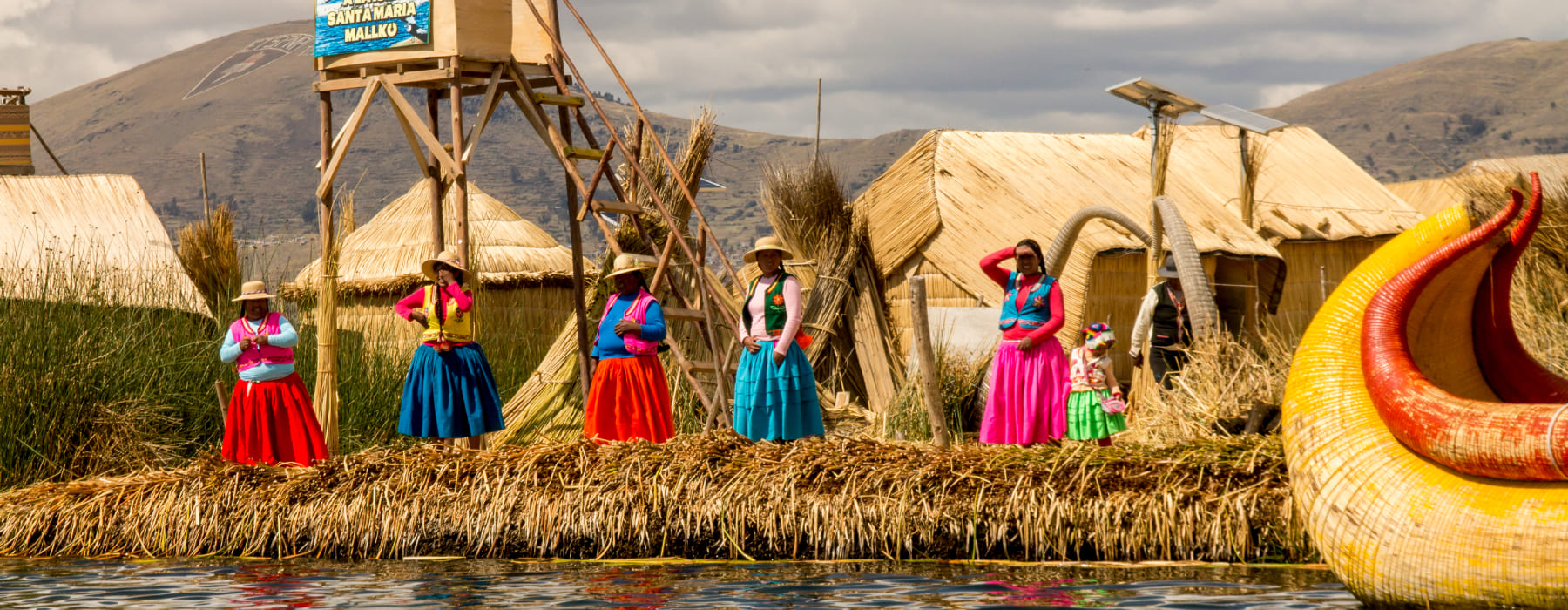
The Uros of Peru have been living for centuries on the floating islands of the Uros artificial that they themselves build and they are one of the most striking cases that exist of a people that has survived thanks to ultra specialization, in this case of a single vegetable product: the totora, an aquatic reed that grows in Titicaca lake.
They have been here since pre-Inca times and are currently spread over some 87 artificial islands, each inhabited by a family clan. They have traditionally dedicated themselves to fishing and hunting waterfowl as a complement to their diet. The surplus was exchanged on the coast for corn, potatoes, rice and other materials that are vital for them: for example, vegetable ropes and eucalyptus stakes to tie their islands to the bottom of the lake so that the currents do not carry them away.
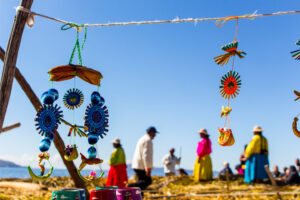
It is estimated that the Uro people were one of the oldest peoples on the American continent.
Some hypotheses suggest that they could have come from coastal areas and migrated to Lake Titicaca to escape the great droughts between the 10th and 13th centuries. They decided to settle in the water to avoid being conquered by the Inca, Tiahuanaco and Colla peoples. Besides safety, the advantage of being on the water is direct access to resources with fishing and bird hunting.
The language of the Uros was the pukina but it has disappeared. They adopted Quechua and Aymara, which they still speak today, along with Spanish for practical reasons.
FACT: There are no longer any descendants of the Uros since the 1950s. Actually, today it is the inhabitants of the area who recreate this particular way of life on the islands for tourism purposes.
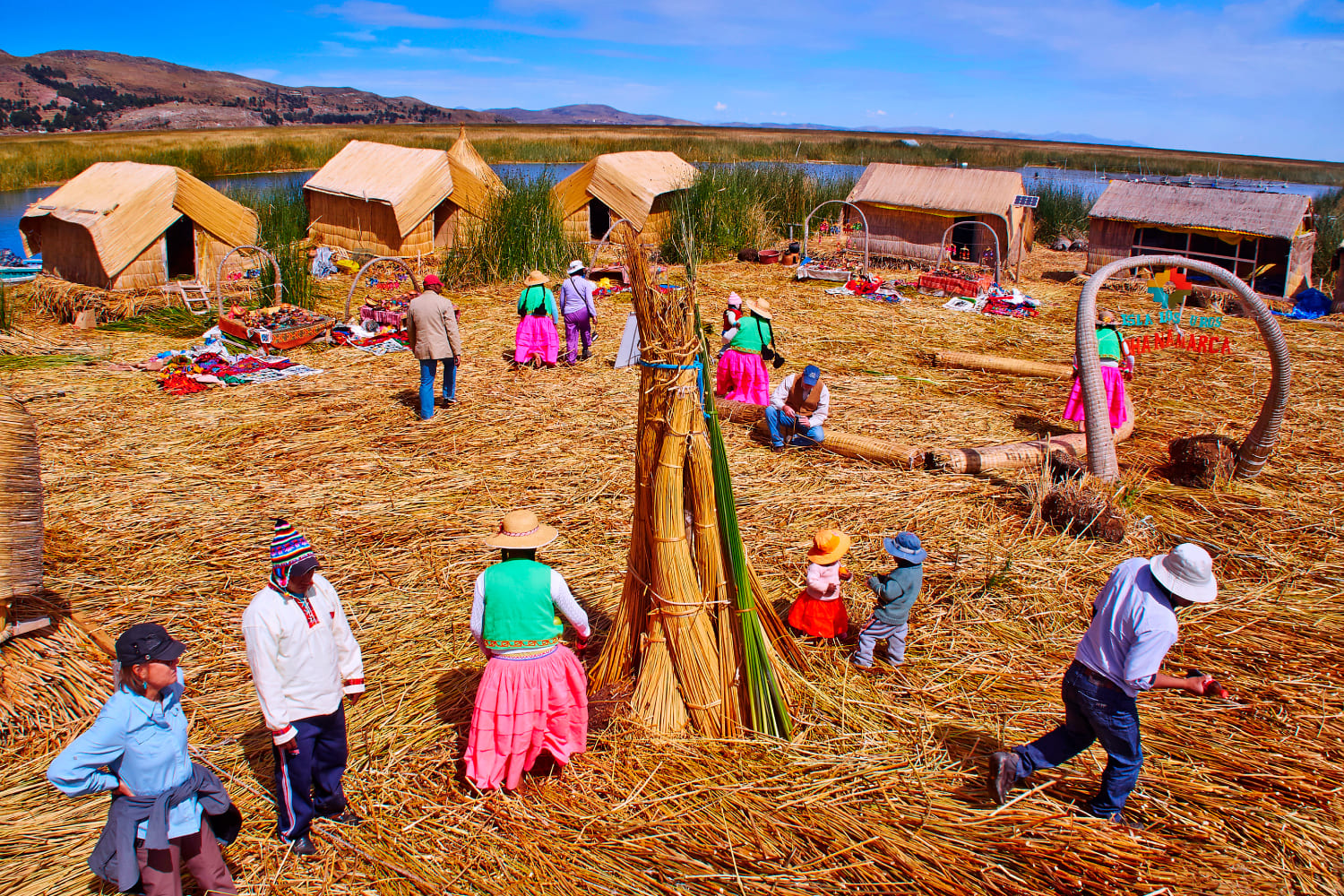
With a thickness of between two and three meters, the size of the islands varies depending on the families that live there. A layer of reeds previously dried and woven called khili spreads over its surface.
The islands float due to the gases that are produced when the root blocks of the cattails decompose and that are trapped without being able to come to the surface.
To prevent the islands from moving due to the action of the wind, they have an anchoring system built with sticks that fix them to the bottom of the lake.
Their houses, including walls, roofs, and doors, are built entirely of the same material, as are the rafts that serve as their means of transportation.
The totora, in addition to being used as a construction material, is also used by the Uros as food and as fuel.
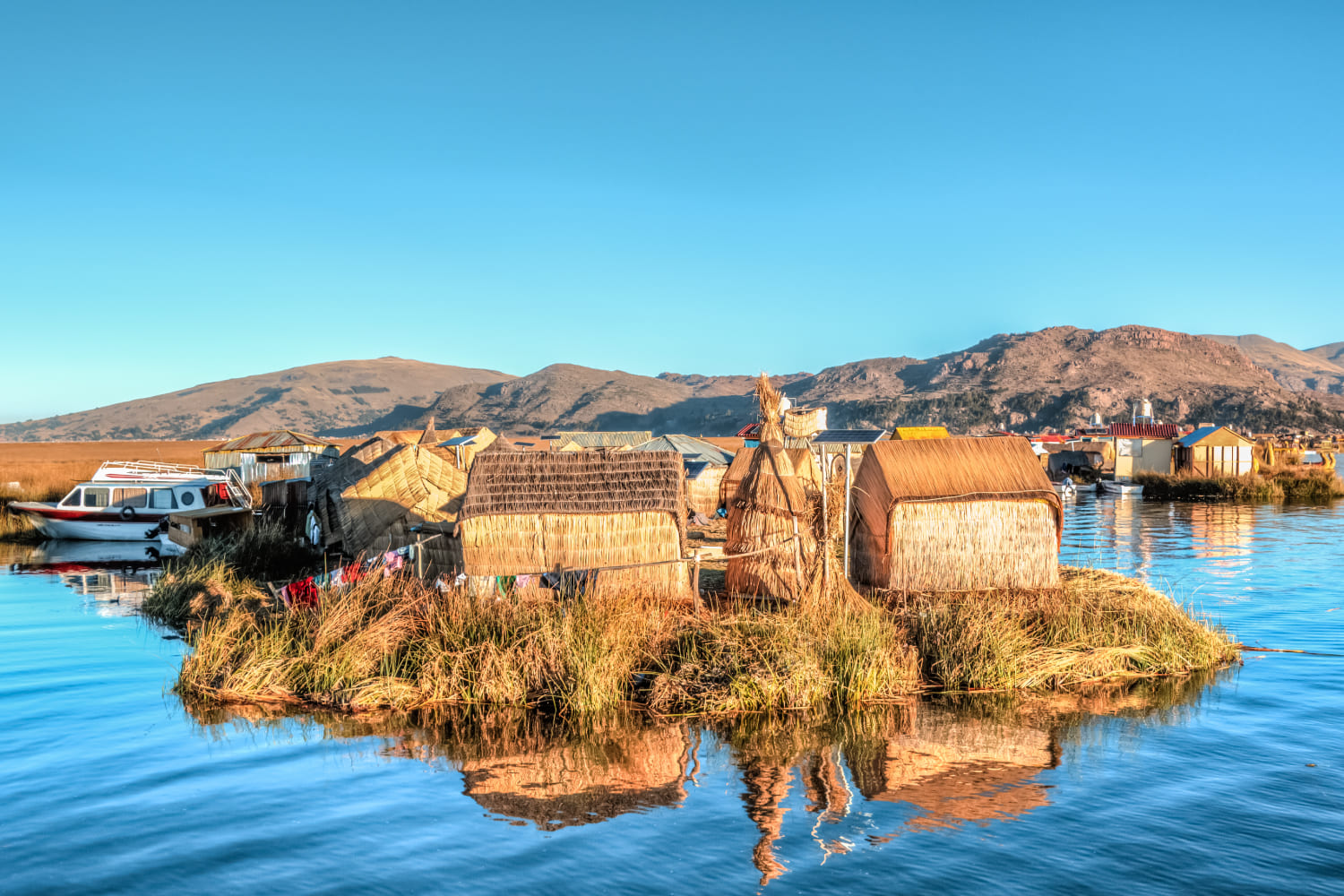
As in any tourist attraction, there are things that stand out more in some than in others, in this case we will see the variety of flora and fauna that the floating islands of Los Uros possess, in addition to the traditions and way of life of the inhabitants.
Flora: In the Floating Islands of the Uros, we have several species that are part of the landscape.
Fauna: Regarding the Fauna that we can find in the Floating Islands of the Uros, they are the native fish which are part of the nutrition of the inhabitants of this area.
Added to this list of native fish are species that were adapted to the system and that are currently part of the diet of the inhabitants, such as:
On the other hand, among other species within the fauna we can observe the birds of the lake, which are also used by the inhabitants to market, among these species we have:
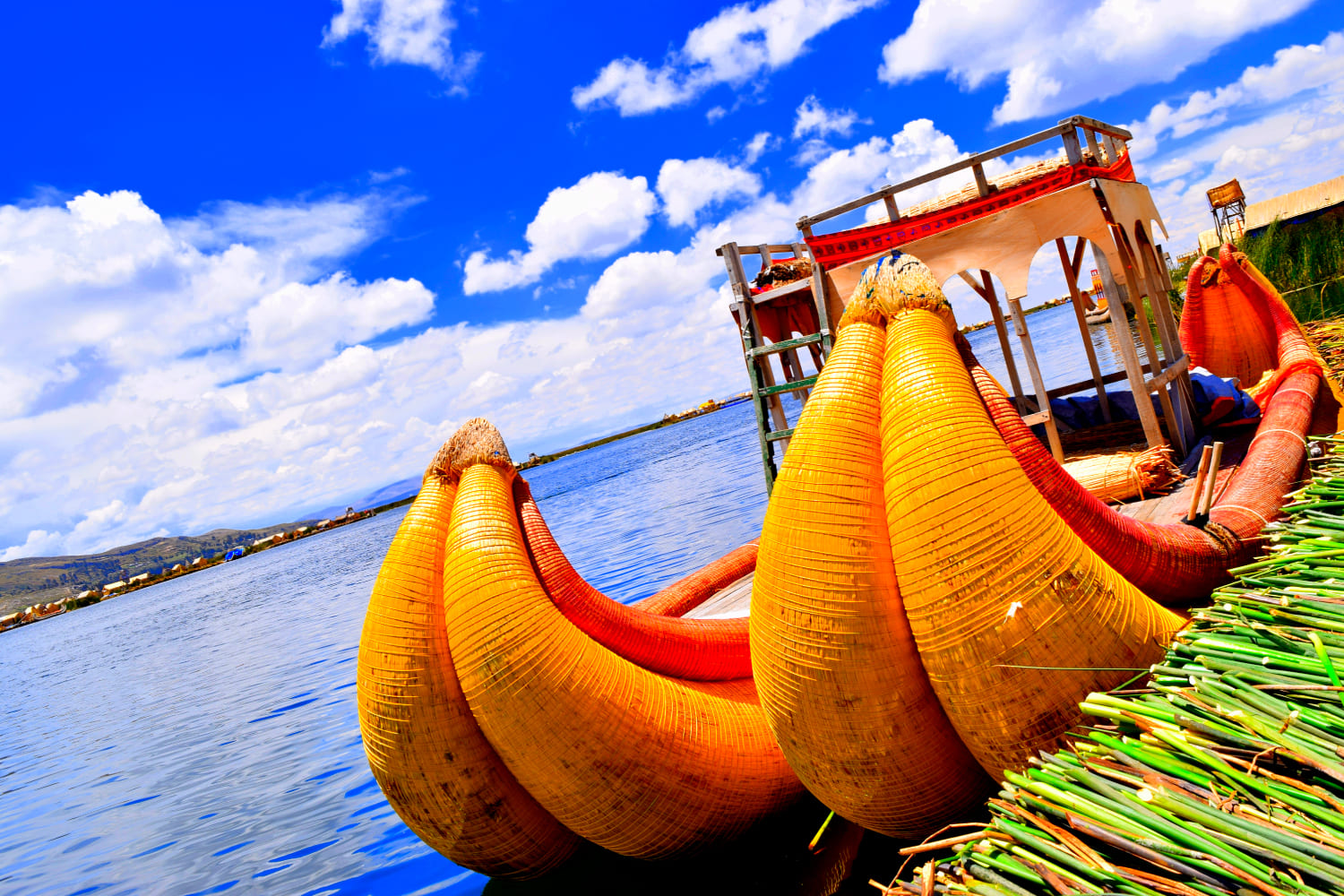
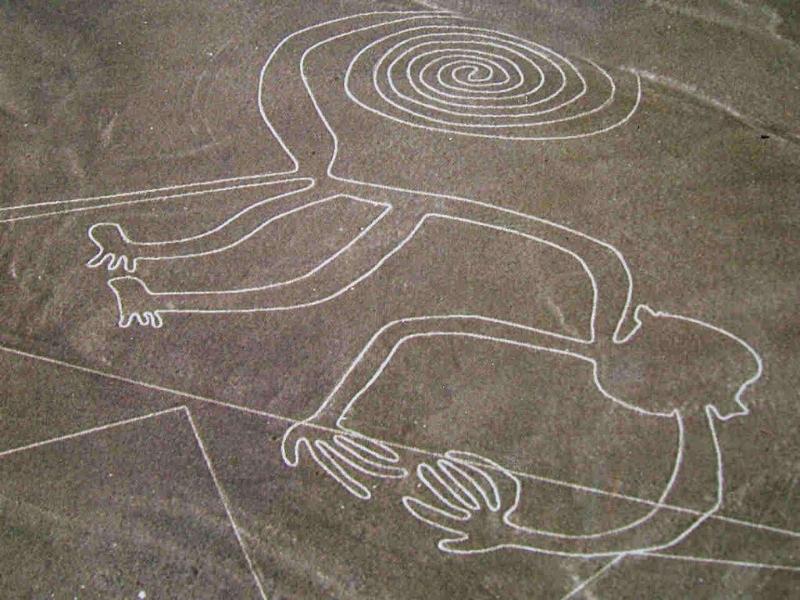
Visit Peru and discover its highlights from Lima to Cusco on an exciting journey that encompasses modern cities and ancient worlds. From the depths of the Colca canyon to the heights of the Andes and on to the unique islands of Lake Titicaca, be immersed in fascinating Peruvian culture while discovering its history buried deep within the walls of lost cities.

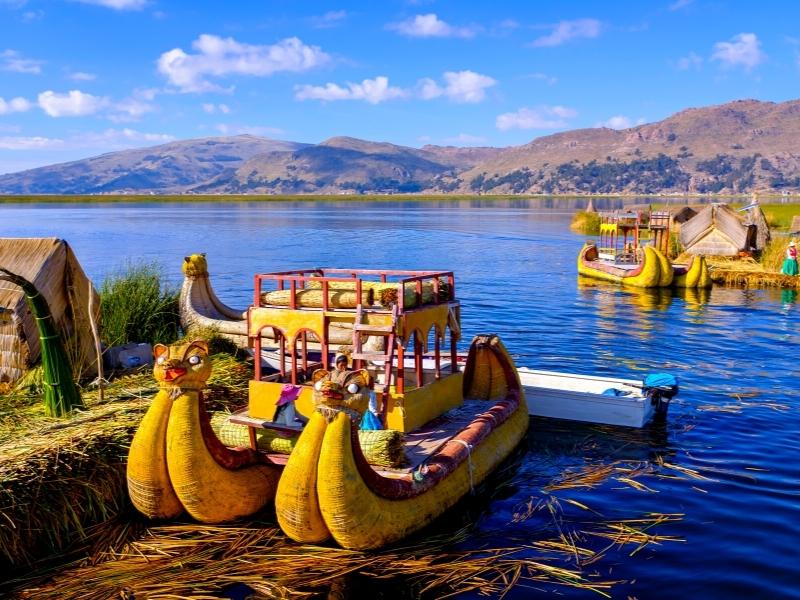
The wonders of Peru await you as you hike through the Manu Amazon rainforest, traverse the plains of the Sacred Valley of the Incas, and stroll the cobbled streets of Cusco on this 15-day trip from Lima. Search for monkeys and medicinal plants in the Amazon, travel the ancient road to Machu Picchu, experience a stay in a traditional community on the shores of serene Lake Titicaca.


The top sights of Peru will leave all the family thrilled by the scenic grandeur, ruined temples, colonial cities, amazing inca trail to Machu Picchu, the Inca Lost City, once buried under the tropical forest which surrounds it.

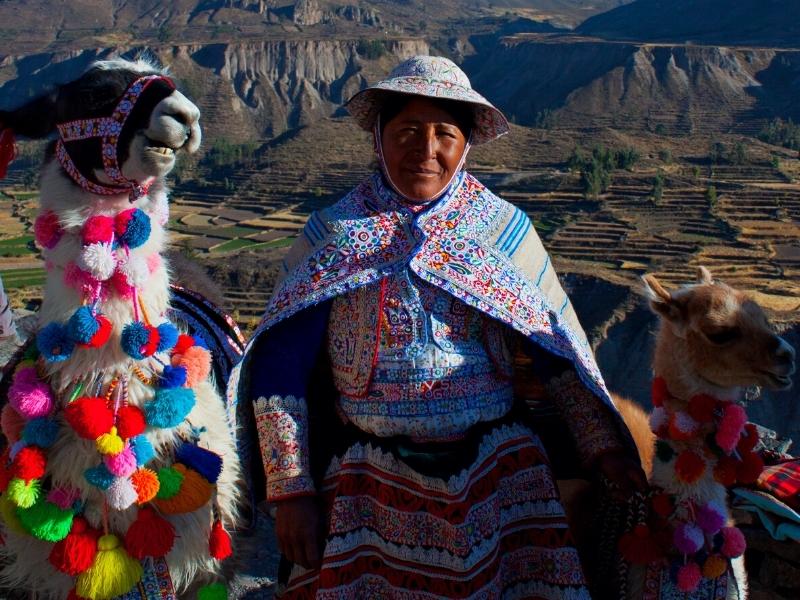
Feel the magic and the energy of Cusco and Machu Picchu, then continue to where the legend began – Lake Titicaca, to get off the beaten path and immerse yourself in the local culture and enjoy the peace and tranquility on the shores of the Lake.

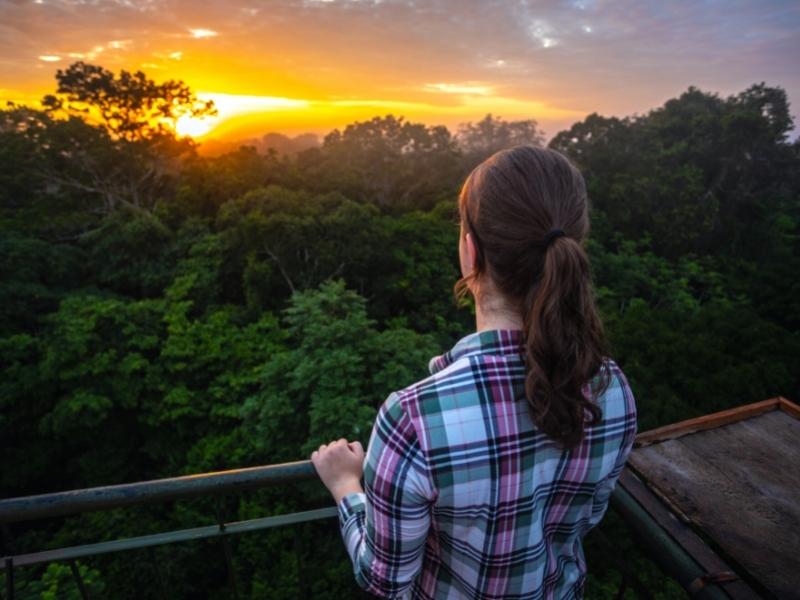
Dive deep into the culture and landscapes of Peru with this adventure to Machu Picchu, the Amazon and more. Search for wildlife along jungle trails and rivers in the rainforest from a comfortable lodge then head up into the Andes to Cusco, the capital of the Inca empire.

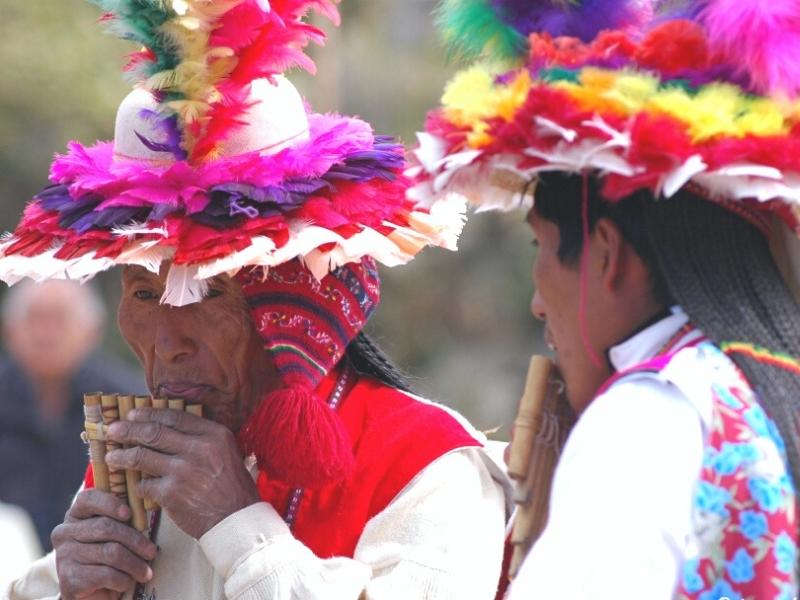
Sublime landscapes, wildlife, history, culture - Peru has more than its fair share. Its famed snow-capped Andean peaks shelter the temples and fortresses of the Inca and other pre-Columbian cultures, linked by a network of paved trails.
